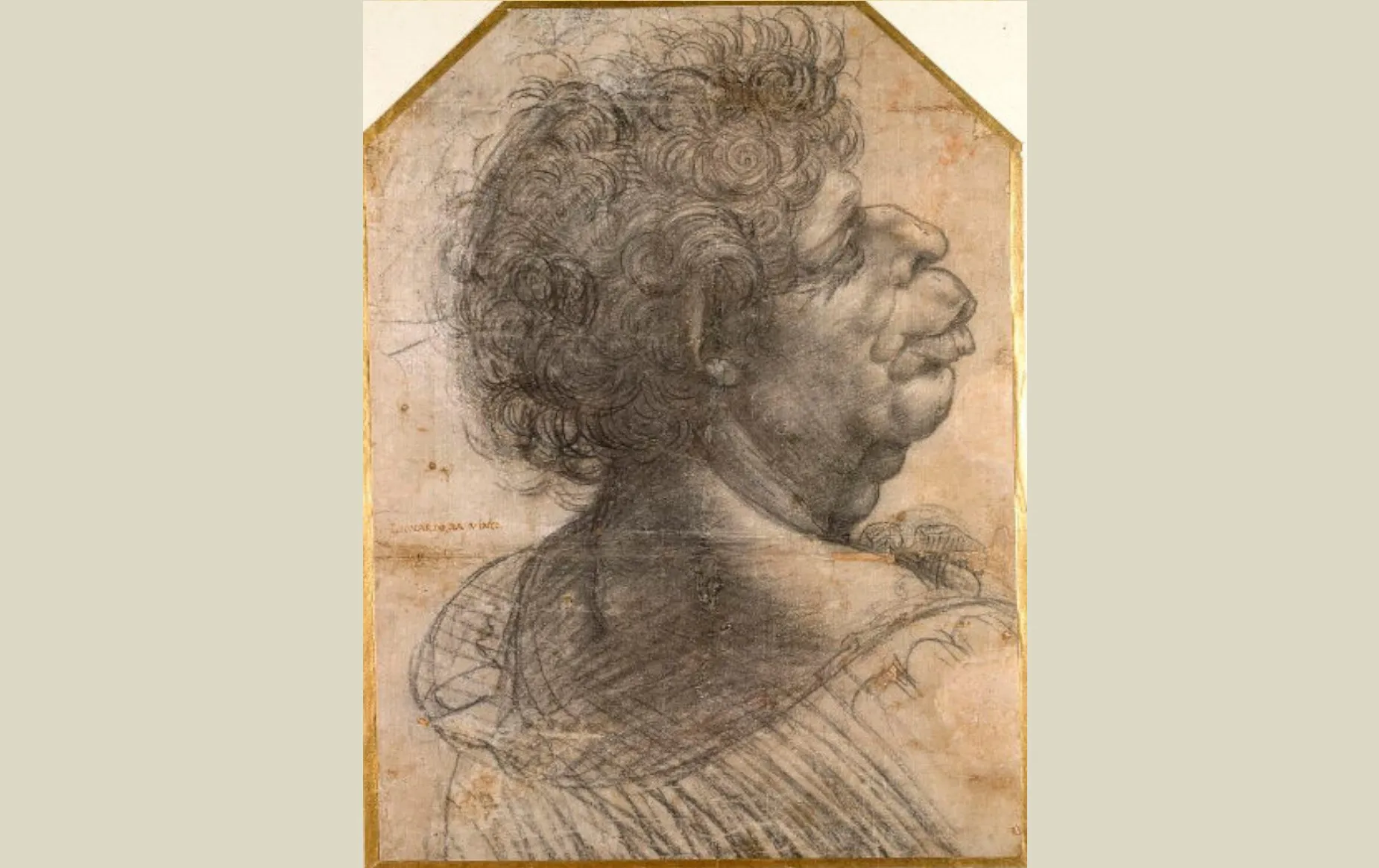This painting is perhaps the most spectacular in the collection at Christ Church, and is of great historical significance: this was the first time that an artist treated a modest genre-subject, in this case the interior of a Butcher’s Shop, on a monumental scale (190 x 272 cm).
Its idiosyncrasy still presents art historians with a number of riddles regarding its meaning. One possible explanation is that the figures of the butchers depicted in the paintings are portraits of the artist and of his brother Agostino (Carracci) and cousin Ludovico (Carracci), also painters.
The Carracci family were reformers of Italian art at the end of the sixteenth century, advocating a return to classicism while rejecting the still prevalent Mannerist style. It is possible that this work is an allegory of these aims, which involved drawing from the live model, or viva carne, which means both "living flesh" and "red meat" in Italian. However, some have detected religious implications in the scene – so the figure of the butcher weighing the flesh is reminiscent of the figure of St Michael weighing the souls in depictions of the Last Judgment and the slaughter of a lamb, so prominently placed in the foreground of the painting, might allude to Christ, as the lamb of God. Quite apart from the interest of the subject matter, the way Annibale Carracci uses the paint, his bold paint-strokes, especially in the carcass, shows the change in painting and paves the way for the Impressionists more than 250 years later.







